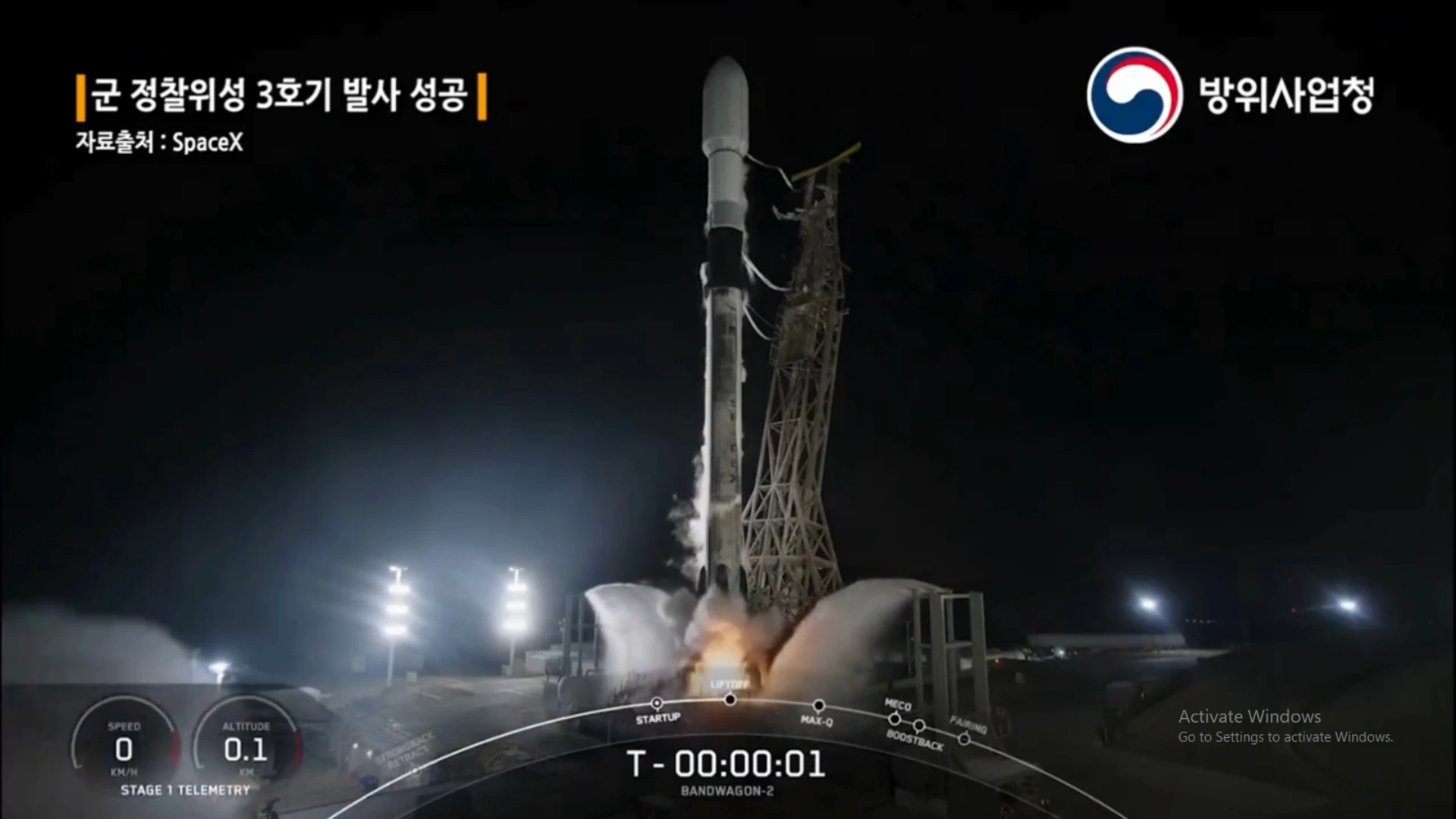While space accidents have tragically claimed lives and posed challenges to space programmes, they have also catalyzed advancements, fostered international cooperation, and shaped public perceptions of humanity’s quest to explore the cosmos.
Accidents and causalities in the space are not new thing in the human history. Care has been taken to the utmost to prevent the spaceflight-related accidents and incidents resulting in human death or serious injury.
These include incidents during flight or training for crewed space missions and testing, assembly, preparation, or flight of crewed and robotic spacecraft. Not included are accidents or incidents associated with intercontinental ballistic missile (ICBM) tests, fatality or injury to test animals, uncrewed space flights, rocket-powered aircraft projects of World War II, or conspiracy theories about alleged unreported Soviet space accidents.
As of 2024, there have been 19 astronaut fatalities during spaceflight that either crossed, or was intended to cross, the boundary of space as defined by the United States (50 miles above sea level). Astronauts have also died while training for space missions, such as the Apollo 1 launch pad fire that killed an entire crew of three. There have also been some non-astronaut fatalities during spaceflight-related activities. As of 2024, there have been over 188 fatalities in incidents regarding spaceflight.
As of March 2024, in-flight accidents have killed 15 astronauts and 4 cosmonauts in five separate incidents. Three of the flights had flown above the Kármán line (edge of space), and one was intended to do so. In each of these accidents the entire crew was killed. As of November 2023, a total of 676 people have flown into space and 19 of them have died. This sets the current statistical fatality rate at 2.8 percent.
NASA astronauts who died on duty are memorialized at the Space Mirror Memorial at the Kennedy Space Center Visitor Complex in Merritt Island, Florida. Cosmonauts who died on duty under the Soviet Union were generally honored by burial at the Kremlin Wall Necropolis in Moscow. No Soviet or Russian cosmonauts have died during spaceflight since 1971.
The history of space accidents is marked by notable incidents that have shaped space exploration and safety protocols. Here are some significant events:
Apollo 1 (1967): A tragic fire during a pre-launch test killed all three crew members (Gus Grissom, Ed White, and Roger Chaffee) inside the Apollo command module.
Soyuz 1 (1967): Soviet cosmonaut Vladimir Komarov died when his Soyuz spacecraft crashed during re-entry due to a parachute failure.
Soyuz 11 (1971): Three Soviet cosmonauts died during re-entry when their spacecraft depressurized following undocking from the Salyut 1 space station.
Challenger Disaster (1986): Space Shuttle Challenger broke apart 73 seconds after launch due to the failure of an O-ring seal in one of the solid rocket boosters, resulting in the deaths of all seven crew members.
Columbia Disaster (2003): Space Shuttle Columbia disintegrated upon re-entry into the Earth’s atmosphere, caused by damage sustained to its heat shield during launch. All seven crew members were killed.
SpaceShipTwo Crash (2014): During a test flight, SpaceShipTwo, a suborbital spaceplane developed by Virgin Galactic, broke apart in mid-air, resulting in the death of one pilot and serious injury to another.
Progress M-27M (2015): A Russian Progress spacecraft carrying supplies to the International Space Station (ISS) malfunctioned shortly after launch and eventually burned up in the Earth’s atmosphere.
SpaceX Falcon 9 Explosion (2016): A Falcon 9 rocket exploded on the launch pad during a pre-launch test, destroying the rocket and its payload, a satellite intended for Facebook.
These incidents highlight the risks and challenges inherent in space exploration. Each has contributed to improvements in spacecraft design, safety procedures, and a deeper understanding of the complexities of space travel.
Ways to prevent space accidents
Preventing space accidents is crucial for the safety of astronauts, the success of missions, and the protection of valuable equipment. Here are several key ways to prevent space accidents:
Thorough Pre-Mission Planning: Identify potential hazards and risks associated with the mission. Simulation and Testing: Conduct extensive simulations and testing of equipment and procedures to uncover and mitigate potential issues before launch.
Robust Training and Education: Ensure astronauts are well-trained in emergency procedures, equipment operation, and response to unexpected situations. Train ground personnel thoroughly in monitoring, decision-making, and responding to emergencies.
Strict Adherence to Protocols and Procedures: Develop and enforce strict protocols for every phase of the mission, from launch to landing. Ensure all personnel (astronauts, mission controllers, ground crew) understand and adhere to these protocols.
Regular Maintenance and Inspection: Conduct regular maintenance and inspections of spacecraft, equipment, and facilities to detect and address potential issues before they become problems. Implement redundancy and fail-safes where possible to mitigate equipment failures.
Real-Time Monitoring and Communication: Establish robust communication systems between mission control and astronauts to provide real-time monitoring and support. Continuously monitor spacecraft telemetry and environmental conditions to detect anomalies early.
Risk Mitigation Strategies: Develop contingency plans and emergency response procedures for various types of potential accidents. Implement strategies to minimize the impact of accidents if they do occur (e.g., emergency escape procedures).
Space Traffic Management: Coordinate with other space agencies and organizations to track and manage space debris and satellite movements to reduce collision risks.
Technological Advancements: Invest in and adopt new technologies that improve safety and reliability of spacecraft and missions. Research and development to improve materials, propulsion systems, and navigation technology.
Learn from Past Incidents: Analyze and learn from previous space accidents and incidents to improve future mission planning and safety protocols. Implement recommendations and lessons learned from accident investigations.
International Cooperation and Standards: Work with international partners to establish and adhere to common safety standards and practices.Collaborate on research and development of safety technologies and protocols.By implementing these measures, space agencies and organizations can significantly reduce the likelihood of space accidents and enhance overall mission success and safety.
(Photo Credit: NASA Archives)







